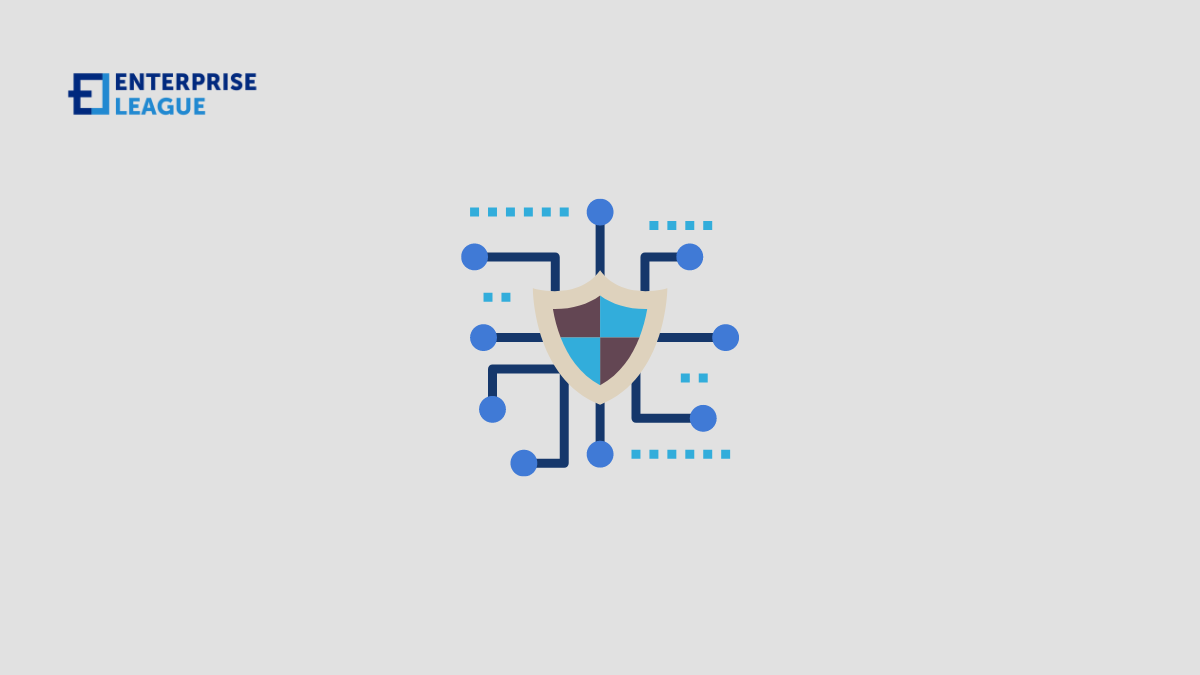The importance of cybersecurity has increased significantly over the years. As cyber-attacks get more sophisticated, the need to implement a security solution has become inevitable. Lucky for us, we have a wide range of cybersecurity solutions. Each of them offers a different level of security and various benefits. Moreover, most of them work together to function better. Most of the architectures and frameworks utilize a variety of technologies to provide enhanced security.
And today’s topic is one of them: Network segmentation. As a cybersecurity architectural design, segmented networks offer improved protection and decrease the blast radius of breaches. It fits well with a well-known cybersecurity framework, Zero Trust, too. With that all said, let’s start with the definition of network segmentation and how it works.
What is network segmentation
Network segmentation is the concept of designing subnets or sections inside a network. Because it divides the system into several subnets, each of these subnets may operate as a distinct and independent division. Segmented networks also improve control over network traffic schemes. User actions, and also which parts users have access privileges, can be constrained to certain locations or sections.
Network Segmentation prevents attackers from moving north to south to continue malicious actions when a specific division of the system is breached. The reason behind segmenting networks is to isolate the problem until it can be fixed by enclosing it in a defined region.
Even though it may seem like network segmentation works the same as micro-segmentation, there are fundamental differences between them. For example, micro-segmentation has control over lateral traffic, while network segmentation regulates north-south.
Types of network segmentation
Perimeter-based segmentation and virtual or logical segmentation are the two fundamental techniques of network segregation. Perimeter-based segregation is considered the more secure technique. However, it requires specific hardware and it is more difficult to utilize. In physical segmentation, every subnet needs its internet access, wiring, and firewall. Perimeter-based segmentation is also quite risky because once an attacker has breached the network there is no security measure to prevent the attacker from roaming freely in the system
On the other hand, virtual segmentation may apply throughout the whole system and is simpler to adopt. Virtual segmentation sometimes called logical segregation, utilizes virtual local area networks — VLAN. Even though VLAN devices are physically separated, they must connect to the same layer-2 device, which is frequently the same switch. In addition, virtual segmentation requires less hardware by sharing firewalls. As a sub-type, there is micro-segmentation too, which prevents lateral movement by logically diving the network into independent segments.
Benefits of network segmentation
Network segmentation offers distinct security services for each network segment, giving users increased control over network activity and enhancing security and network performance. Essentially, network segregation offers enhanced security along with productivity and maintenance. Additionally, network segmentation offers a variety of benefits such as:
- Improved Control Over Access: Allow users to access only particular network resources.
- Enhanced Performance: Local activity is reduced when there is a reduced number of endpoints per division and broadcast activity can be reduced to a single division or section.
- Better Supervision: Subnets and segregations are easy to observe, track activities, and detect unusual behavior.
- Enhanced Security: Data transmission can be separated and filtered to limit and prevent access between system components.
- Fewer Variations: Because there are fewer applications and less activity, divisions and sections are easier to keep track of.
- Improved Confidentiality of Information: When a subnet is breached it only affects the attacked segregation.
- Scalability: Offers better adaptability to changes since you can update only necessary subnets rather than the entire network.
- Improved Isolation: Network activity can be separated or constrained, preventing undesirable actors from moving across network subnets.
- Enhanced Visibility: A well-segmented network provides companies with the visibility to monitor internal activity.
On the other hand, virtual segmentation may apply throughout the whole system and is simpler to adopt. Virtual segmentation sometimes called logical segregation, utilizes virtual local area networks — VLAN. Even though VLAN devices are physically separated, they must connect to the same layer-2 device, which is frequently the same switch. In addition, virtual segmentation requires less hardware by sharing firewalls. As a sub-type, there is micro-segmentation too, which prevents lateral movement by logically diving the network into independent segments.
Use cases of network segmentation
Aside from its benefits, having a segmented network might be useful in some cases. A company can benefit from network segmentation in a variety of contexts, including:
- Guest Wireless Network: Operators may create a safe environment for visitors by enforcing strict security and monitoring behavior. When a user logs in using guest credentials, they enter a micro-segment that only allows access to the internet.
- Compliance: Network segregation maintains compliance requirements by providing secure access to confidential data. System management can use segregation to isolate all credit card information into a secure zone and implement PCI DSS compliance requirements.
- Public Cloud Security: In public and hybrid cloud settings, segmentation is an efficient way of separating applications.
- Dedicated User Access: A portion can be formed for a single level of user, such as restricting access to confidential information to those who require it.
- Provide Granular WFH Policies: Segmented networks, when combined with extra security measures such as mandated security solution usage, can enable secure subnetworks for remote employees.
Network segmentation best practices
To have a successfully segmented network, there are some key best practices including:
- Identifying users: Each user should be identified by the system so that only required access can be appointed.
- Determining required data: To prevent data breaches each user’s access should be limited only to the files and systems they require to perform their tasks.
- Creating different access portals: Creating a more secure access gateway will keep third parties from copying or extracting data from your network.
- Avoiding under-segmentation and over-segmentation: Placing employees in the appropriate partition might get complicated if your network is divided into too many segments. Meanwhile, having too few parts might compromise your security.
- Monitoring regularly: Regular monitoring reduces the risk of data breaches and provides enhanced security
Conclusion
Cyberattacks are becoming more common by the day with consequences that may be disastrous for businesses. As a result, deploying a comprehensive cybersecurity solution has become considered a must.
Segmented networks may safeguard your company from cyber threats and attacks and reduce the impact of these actions. As said above segmented networks are much easier to manage and having a segmented network allows you to take action faster.
More must-read stories from Enterprise League:
- Bad boss traits that should make you think twice about your future.
- Find out how to delegate work so it actually gets done.
-
- Wondering what to do when a client doesn’t pay? Read this.
- 15 online virtual networking events to get you back in the game.
- How to predict and stay ahead of business trends that will bring you ton of success.
Related Articles
14 unique business ideas with drones that guarantee a profit (2024)
If you are one of those that loves tech gadgets, we’ve made a list of 14 business ideas with drones that will inspire you to start a business in this field.
How mortgage workflow automation enhances loan officer efficiency
Embracing automation and its transformative impact allows loan officers to prioritize developing connections with borrowers and enhancing customer satisfaction.
26 best electrical equipment companies in 2024
Electrical equipment companies, in general, are companies working with products that produce, distribute, or use electrical energy.
14 unique business ideas with drones that guarantee a profit (2024)
If you are one of those that loves tech gadgets, we’ve made a list of 14 business ideas with drones that will inspire you to start a business in this field.
How mortgage workflow automation enhances loan officer efficiency
Embracing automation and its transformative impact allows loan officers to prioritize developing connections with borrowers and enhancing customer satisfaction.






